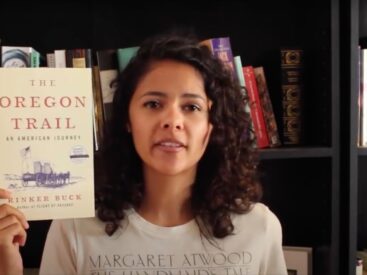Want to write a novel and still can’t get your act together? It happens quite often. It’s easy to write books; it’s hard to write good books. If it weren’t, we’d all be creating bestsellers.
There are thousands of ways to write a novel. Which one is the best? The one that suits you personally.
Good fiction isn’t something random – it’s the result of a carefully planned action, the design of a novel. You can do design work either before or after writing a book. I’ve tried doing both and eventually became convinced that before is both faster and higher quality.
You can write novels on the same principles – start small and then build up more and more details until you have a complete story. Part of the design work in literature is creativity, and part of it is managing your own creativity: turning disparate material into a well-structured novel. That’s exactly what I want to teach you.
Most writers spend a lot of time thinking about a novel. You probably do some research. You calculate how the story will unfold. You’re brainstorming. You hear the voices of different characters. This is the most important part of creating a book, which I call “throwing information on.” I’m assuming you know how to do this: you already have the idea for the book in your head and now you’re ready to sit down and start writing.
But before you get started, you need to get organized. You need to get all your ideas down on paper in a form that you can use later. Why? Because our memory is unreliable, and because your story (like any other story at the same stage) has many holes that need to be patched before you start working. You need to create an outline for your novel, and in a way that won’t discourage you from writing. Below is the step-by-step outline I use to create the design documents for my books, which I hope will help you.
Take an hour and write a one sentence long synopsis for your novel. This is your novel close-up, analogous to the big triangle in a snowflake diagram.When you pitch your book to publishers, the annotation sentence will need to appear at the very beginning of the piece. It’s also called the hook (lead) to sell the novel to the publisher, distributors, stores, and readers. So try to make it sound as good as possible.
Spend another hour and expand the sentence into a paragraph describing the novel’s plot, conflict, and denouement. This will give you the analog of the second step in the snowflake scheme. Personally, I like stories written in a pattern of three conflicts plus an ending. The development of each conflict takes a quarter of the book, and the ending takes another quarter.You can use this paragraph in your submission for publication, too. Ideally, it should consist of five sentences. One sentence for the beginning, one for each of the conflicts, and one more for the end.
All of the above will give you a general outline of the story. Now you need to spell out something similar for each of the characters. Characters are the most important part of any novel, so the time you put into creating them will pay off tenfold when you start working on the book.
At this stage, you should have a complete picture of your novel in your head – and that should only take you a day or two. Now you need to outline the story. Spend a few hours and make each sentence of the synopsis a stand-alone paragraph. All of them, except for the last one, should end with a conflict (the last one – the finale of the work).As a result, you will get a synopsis of the novel, which you can then also use to send to the publisher.
Spend a day or two on a one-page description of each main character. Take half a page each for the secondary characters. These character synopses should tell your story from each character’s point of view. If necessary, go back and make necessary corrections.This stage is the most enjoyable for me, and I later insert the character synopses into the main synopsis. Editors like this, as they are always impressed with fiction based on human characters.
Now you have a solid story and several short stories based on it, one for each character. Take a week and expand the one-page synopsis into a four-page synopsis.



